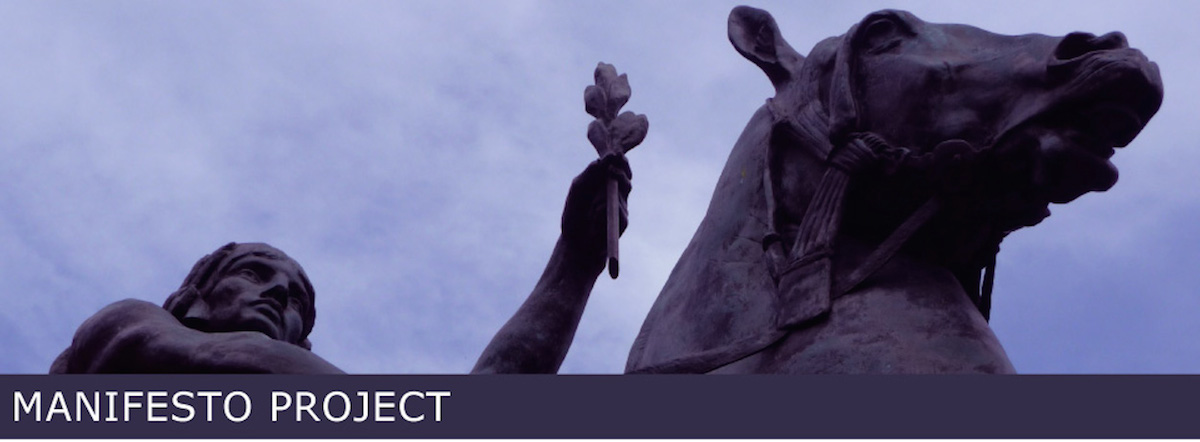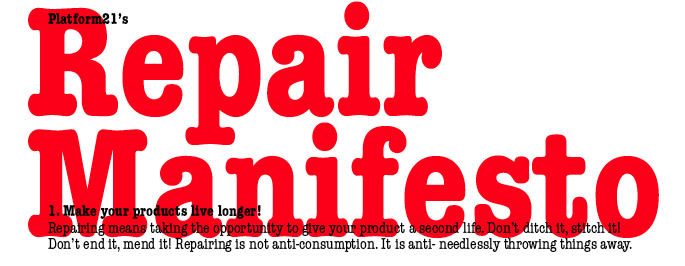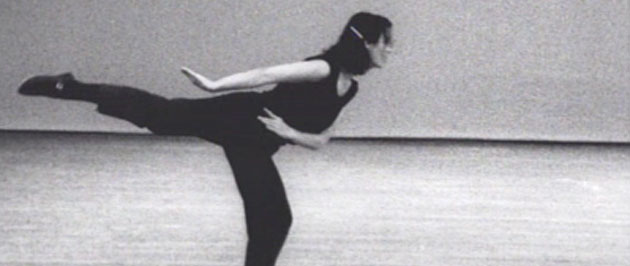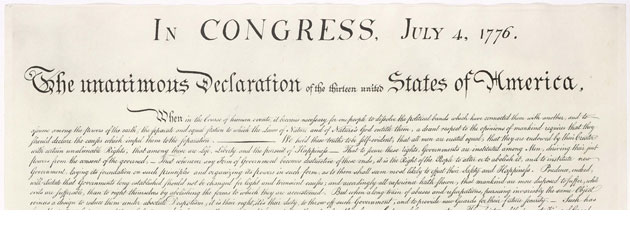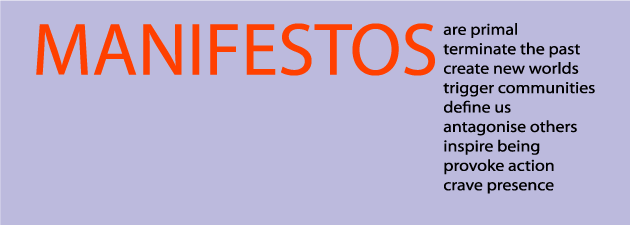Creator: Platform 21
Purpose: Stop recycling and start repairing. It’s better for the environment and resource use.
Manifesto
1. Make your products live longer!
Repairing means taking the opportunity to give your product a second life. Don’t ditch it, stitch it! Don’t end it, mend it! Repairing is not anti-consumption. It is anti- needlessly throwing things away.
2. Things should be designed so that they can be repaired.
Product designers: Make your products repairable. Share clear, understandable information about DIY repairs. Consumers: Buy things you know can be repaired, or else find out why they don’t exist. Be critical and inquisitive.
3. Repair is not replacement.
Replacement is throwing away the broken bit. This is NOT the kind of repair that we’re talking about.
4. What doesn’t kill it makes it stronger.
Every time we repair something, we add to its potential, its history, its soul and its
inherent beauty.5. Repairing is a creative challenge.
Making repairs is good for the imagination. Using new techniques, tools and materials ushers in possibility rather than dead ends.
6. Repair survives fashion.
Repair is not about styling or trends. There are no due-dates for repairable items.
7. To repair is to discover.
As you fix objects, you’ll learn amazing things about how they actually work. Or don’t work.
8. Repair – even in good times!
If you think this manifesto has to do with the recession, forget it. This isn’t about money, it’s about a mentality.
9. Repaired things are unique.
Even fakes become originals when you repair them.
10. Repairing is about independence.
Don’t be a slave to technology – be its master. If it’s broken, fix it and make it better. And if you’re a master, empower others.
11. You can repair anything, even a plastic bag.
But we’d recommend getting a bag that will last longer, and then repairing it if necessary.
Stop Recycling. Start Repairing.
Sources
Source : http://www.platform21.nl/page/4315/en
The Repair Manifesto lands in Melbourne (July 2011)
More
Related: I Fix It Repair Manifesto
